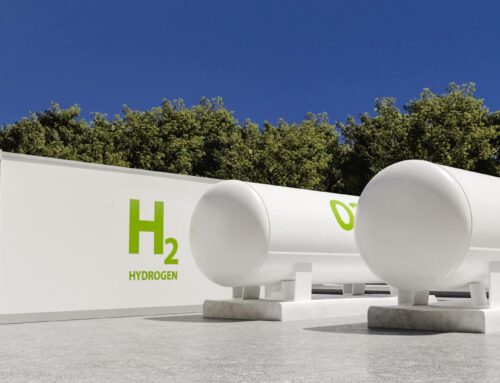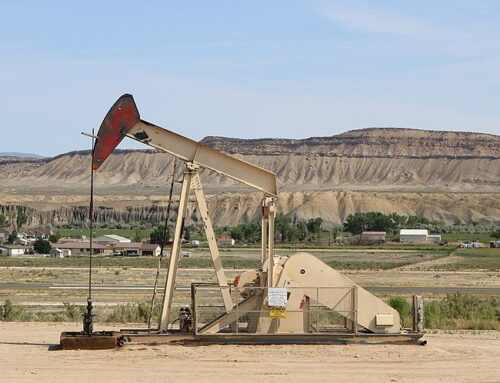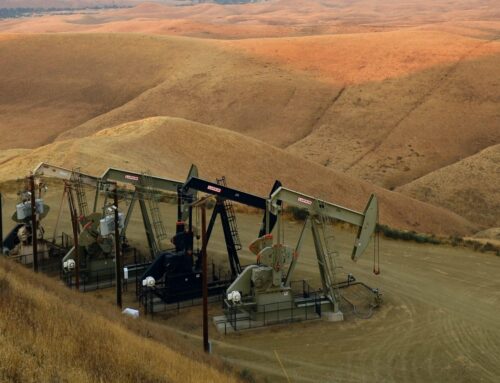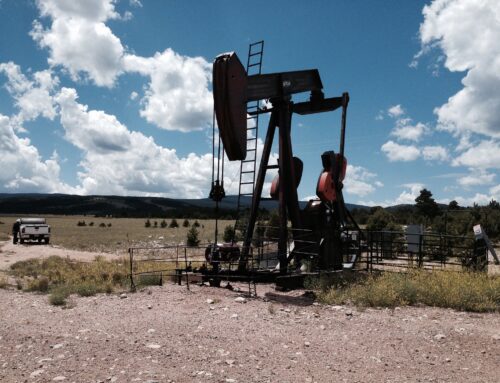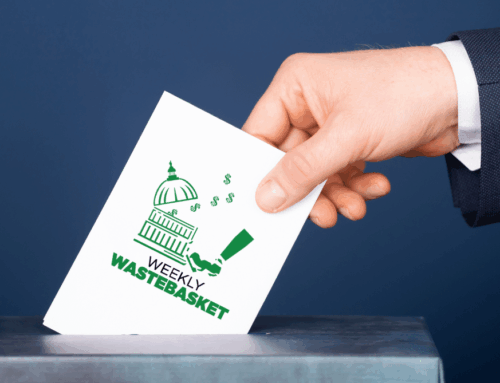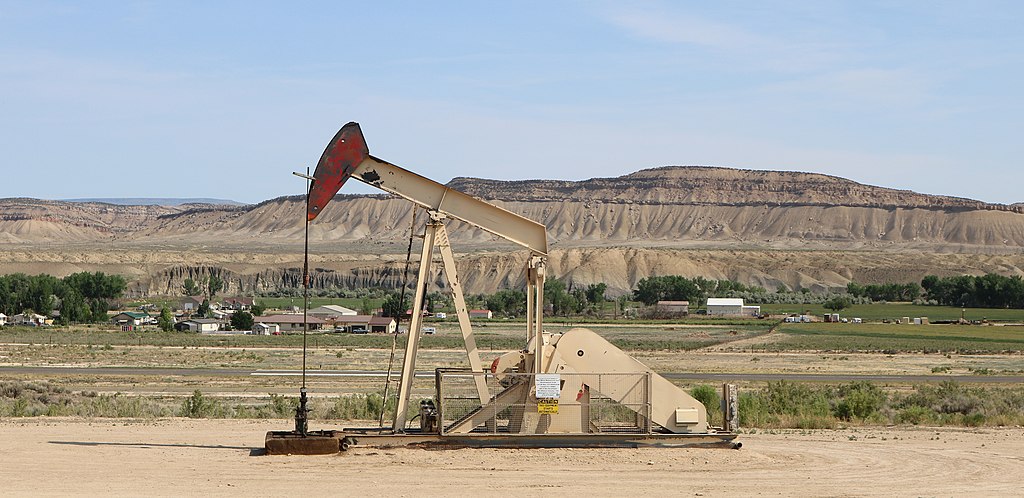On September 4, the second Trump Administration released its most recent agency rulemaking calendar, which highlights priorities among federal agencies over the next 6 months. In it, the administration announced its intent to repeal the Bureau of Land Management's "Fluid Mineral Leases and Leasing Process" rule, issued in April 2024, which updated federal oil and gas bonding requirements, directed leasing to strategic areas, and codified other reforms to the federal onshore oil and gas leasing system passed by Congress in 2022.
Strong bonding requirements are essential for protecting communities from the health and safety risks of orphan wells and protecting taxpayers' wallets. When minimum bond amounts—the money companies must set aside before production to clean up after—fall short of actual reclamation costs, federal taxpayers can be left with billions in cleanup costs.
The federal government manages the development of our publicly owned oil and gas by leasing land to private companies to extract these resources and sell them for profit. As part of the leasing agreement, oil and gas operators are required to reclaim wells and surrounding sites. The Bureau of Land Management (BLM) uses reclamation bonds to recuperate at least some of the costs of cleanup if operators abandon wells or otherwise fail to adequately restore the landscape.
When oil and gas wells are left unreclaimed, they can leak methane, contaminate drinking water, and put nearby communities at risk. Cleanup is costly. The Government Accountability Office estimates that reclamation costs can range from $20,000 per well to $145,000 per well. The Bureau of Land Management estimates that the cost to plug a well and reclaim the surface ranges from $35,000 to $200,000, with an average cost of $71,000.
For decades, minimum bond amounts fell far short of actual cleanup costs. Until last year, operators could cover an entire lease with just $10,000, all of their wells in a state with $25,000, or even their nationwide operations with $150,000. At the end of FY2022, this shortfall left the public exposed to as much as $6.15 billion in potential reclamation costs. When required bond amounts are less than the expected cost of reclamation, there is little to keep operators from walking away and leaving taxpayers with the bill.
Fortunately for taxpayers, BLM updated bonding requirements in 2024. Now, BLM accepts two types of bond coverage: a minimum $150,000 bond for wells on an individual lease and a minimum $500,000 bond for all wells owned by an operator in one state. However, the rule allows the BLM to require a higher amount if needed, such as when an operator has a history of violations or if BLM anticipates higher-than-average reclamation costs.
TCS strongly supported the 2024 bonding rule. The old bonding minimums had not been adjusted for inflation since they were first set in the 1950s and 1960s; for example, the old $10,000 minimum bond for an individual lease was the 2023 equivalent of $102,940 in coverage. Bonding minimums had also not been adjusted to reflect the increasing cost of well reclamation, as technological developments have led to increasingly deeper wells.
The United States is producing and exporting oil and gas at record levels. When output is this high, there is no reason taxpayers should be left with cleanup bills. Rescinding the 2024 leasing rule will cost taxpayers and harm communities.
- Public Domain - U.S. Geological Survey

